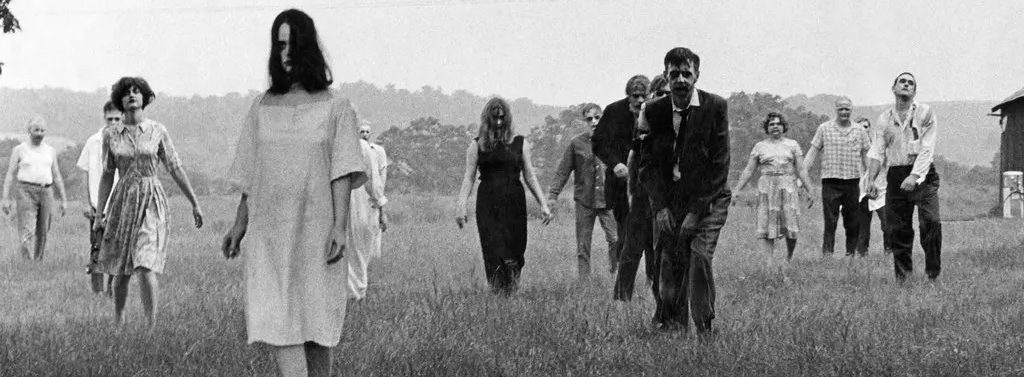How does Stevenson’s novel imagine London? If Moreau hints at the horrors that might arise in “savage” locations, what is the nature of the metropolis itself? Over and over the novel describes distinctly urban scenes and interactions. What is a specific moment in the book that reveals the potential for horror of life in London?
3 thoughts on “Jekyll and Hyde–Book”
Leave a Reply
You must be logged in to post a comment.

In Stevenson’s novel, London serves as a backdrop. This highlights the duality of society through the capability and capacity for evil manifesting within a supposedly civilized environment. Stevenson depicts London as a facade of civilization concealing a dark and malevolent underbelly. The city represents the duality of human nature, contrasting the respectable outward image of Jekyll and the morally corrupt, persona, Hyde underneath. An example of this playing out is towards the beginning of the novel where Mr. Utterson recounts and describes how Hyde callously trampled over a young girl in a remorseless manner which epitomizes Hydes character as one that lacks empathy. This event took place in a busy street, thus, reflecting the juxtaposition of public spaces and private malevolence. Hyde’s callous act of violence against a child in a densely populated area highlights the darkness that manifests within urban life and its dwellers. Using this incident, Stevenson illustrates how the horrors of the metropolis are not limited to physical spaces but are also rooted (and stem from) individuals occupying that space. Furthermore, it underscores how the anonymity of urban life facilitates or exacerbates immoral behavior all of which lurks within the seemingly civilized and socially developed urban landscape.
In his novel, Stevenson creates an image of London for the reader that is cast in both the high-class elements of the city and the darker elements that creep around every corner no matter where you are. One way of hinting towards this somewhat sinister element of the city is through the use of fog. Fog can be a medium to physically hide or obstruct things from view, creating a false sense of security and distracting people from seeing the truth. One moment in the novel that stood out to me was when Mr. Utterson went over to Dr. Jekyll’s house, but when he arrived, there was a build-up of thick fog within the home. This fog allowed Hyde to hide in the shadows as Utterson grew increasingly suspicious of Jekyll and his true nature.
Stevenson’s novel depicts 19th-century London through the city’s contrasting elements, using place as a way to represent themes of morality. The different locations in the novel reflect the dual sides of humanity that are made explicit with Dr. Jekyll and Mr.Hyde, with nicer areas serving as a sort of mask to the true nature of the city, which has a sinister and corrupted side to it. A moment that reflects this would be when Mr. Utterson goes searching for Mr. Hyde in the dark and foggy streets of Soho, which Stevenson describes as a place of filth, immorality, and obscurity, making it clear that this part of London (in the context of the novel) is a backdrop for greater horrors to come.